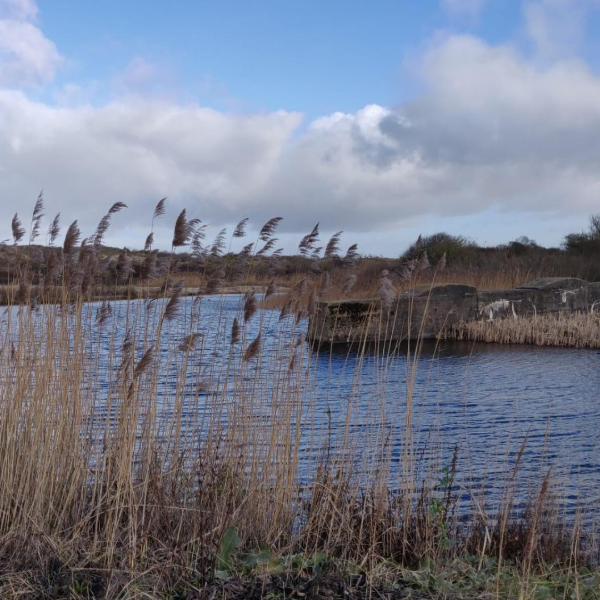Bob Brederveld’s moonshot idea: Data-driven approach to climate robustness

Bob Brederveld’s moonshot idea: Data-driven approach to climate robustness
In 1962, President John F. Kennedy made an inspiring, bold speech – also known as the Moonshot Speech – that rallied the United States behind a costly but highly successful space programme in which thousands of Americans pooled their knowledge, insights and energy to put the first man on the moon. We could use some of that ‘moonshot thinking’ in water management today. To wrap up and build on the Climate-Robust Water Systems webinar series, we are asking a variety of people from the world of science and water management to share their own moonshot ideas as well as what they are doing to achieve them. This time, we spoke to Bob Brederveld:
Ask three aquatic ecologists what it takes to make a water system climate-robust and, as Bob Brederveld of Witteveen+Bos says, you will get three different answers. This ecologist is a staunch advocate of data-driven approaches. ‘You need facts, not opinions, to make good decisions.’

Tells us a bit about yourself and what drives you as a water professional
I’m an aquatic ecologist and system modeller at Witteveen+Bos. Among other things, I was involved in the development of models to visualise how the system of shallow lakes and ditches works: PCLake and PCDitch. At the moment I’m working on a model to visualise the effects of climate change on ecological water quality. So things like higher temperatures and salinisation, blue-green algae blooms, duckweed cover and botulism. I like to use data-driven approaches, so using good monitoring, good data and good models to create a basis for fact-based decisions. The facts have to speak for themselves.
What is your moonshot idea?
I hope that we will take greater account of natural processes in the nature and water management challenges we face. At the moment, we in the nature and water management community are often hugely concerned about preserving certain types of nature and water. Take floating mats, for example. If you do nothing, that peat will dry out and become woodland. We now have to keep intervening in this natural process to preserve those floating mats. But that’s just tackling the symptoms, like taking pills for high blood pressure but forgetting to change your lifestyle. So we’re basically always rowing against the current. My hope is that water quality management will become more data- and system-driven. Of course, that’s easier said than done, because the ecological functioning of water systems is often incredibly complex.
What can be accomplished in ten years, and what will we need to do to get there?
I think that if we work in a data-driven way, we will be able to make much better policy decisions in ten years time. Sometimes we can combine water-dependent functions, but other times we just have to have the courage to make decisions – for agriculture, or nature or the aquatic environment, for example. Precisely because these choices will have increasingly significant impacts on society, it’s important to let the facts speak for themselves.
How can you contribute to this through your work?
By continuing to do what I have already been doing for a long time: designing good, validated models that – based on the right inputs – produce reliable predictions about, for example, the effectiveness of interventions or the ecological potential of a water system.
And what can you do as an individual?
I don’t have an electric car; I have a little old thing that I try to use as little as possible. After all, leaving your car at home is best for the environment. I’ve also started growing my own herbs; I love cooking, but I used to get fed up with those wilted bunches of herbs that you get from the supermarket. So I stopped buying them. I pick them fresh from my own garden instead.
What would be your message to water managers and politicians?
We tend to put off the really important climate-robust decisions. In almost all cases, things will get worse before they get better. It takes time, effort and courage to make these difficult decisions. But we have to start making them. In my work, I try to keep focusing on that promising future, preferably based on reliable data. This gives decision-makers both the tools and the perspective to make difficult decisions.